After nearly 70 years of Formula 1, we still don’t have a concrete answer about whether it’s the superior car or the better driver that gives the edge. Here’s another shot at the question!
The setting was the 2020 Sakhir Grand Prix in Bahrain. In the penultimate race of the season, eventual champion Lewis Hamilton was forced to pull out, having tested positive for Covid-19. Up stepped Mercedes protege George Russell to replace the Brit. After effortlessly finishing second in qualification, the 22-year-old drove a nearly flawless race, leading for 59 laps before a slow puncture and a pitstop error cost him a memorable finish.
Despite having a dream debut snatched from him, fans and media had rave reviews for Russell who looked set for a promising future in F1. But the race also brought up another question: if a rookie 22-year-old with no prior experience in F1 could step up and lead for nearly 60 laps, how good is the Mercedes engine? And more importantly, how easy has Hamilton had it compared to the rest of the drivers on the grid? Is Hamilton that good a driver or is he lucky to be behind the wheels of the best car on the track?
These are not easy questions to answer. Let’s look at some statistics to put them in perspective.
Formula One has existed for over 70 years now. More than 800 drivers have competed. The average F1 driver participates in around 30 races and never wins even one. So how do you decide how talented an F1 driver is?
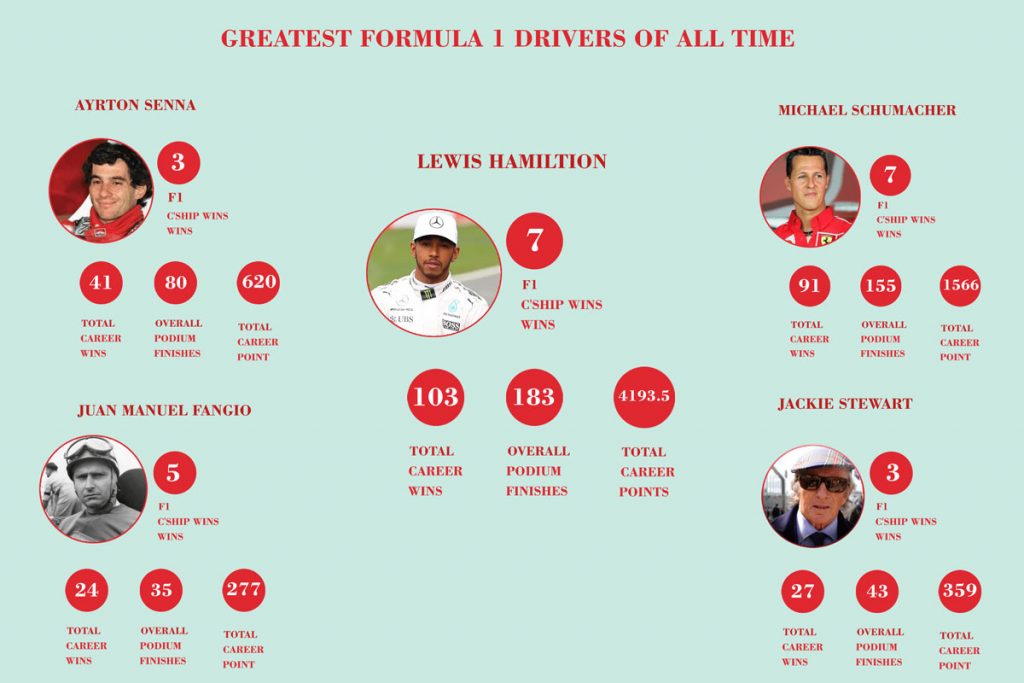
A Swiss Study in 2009 had a rather interesting perspective. The study concluded that the best F1 driver of all time was in fact Juan Manuel Fangio. The Argentine won 47% of his races and finished on the podium in 68% of his races. In 84% of his races, he finished within the points. To put his achievements in perspective, over 90% of the drivers never win a race and almost 70% of them never win a single point. These stats make him superior to all other F1 drivers past and present, but does it really make the 5-time world champion the greatest ever? And if it does, is it down to him or the superiority of his cars that gave him the edge?
German racer Nico Rosberg prescribes to the 80:20 rule when the conversation turns to man versus machine. The 2016 world champion believes that a driver’s skills account for 20% of the credit while the rest of the 80% boils down to the team’s performance. Another study by Andrew Bell from the University Of Sheffield made a similar conclusion. According to Bell, 86% of the credit goes to the team while 14% boils down to the driver’s performance. 14% might seem like very little but in a cutthroat competition where even a single mistake or lapse of focus can lead to an accident, every bit counts. If it was only about the car and had nothing to do with the driver then the cars in the same team should always cross the finish line at the same time or at least one after the other, argues Bell.
And while the driver’s talent or contribution cannot be questioned, superior technology definitely makes a difference. Take Mercedes for instance. Up until 2013, the average vehicle’s thermal efficiency was around 30%. In other words, only a third of the car’s fuel was used to propel it. But the Mercedes-AMG High-Performance Powertrains team ran a Mercedes-Benz F1 power unit on their dyno which attained a thermal efficiency of more than 50%!
The following season, Mercedes launched the F1 W05 Hybrid, which featured the 1.6-litre V6 turbocharged engine. This was the first Mercedes F1 car of the hybrid era and was driven by both their drivers at the 2014 Championship.
The car kick-started Mercedes’ dominance in the sport and the two Mercedes drivers – Hamilton and Rosberg – have between them won 7 of the 8 world championships since 2014. And Hamilton only missed out on the eighth one by a whisker during the final lap of the season-ender, in 2021.
There is more concrete proof about how superior technology can make a difference. Back in 2007, when the first energy system was used, the battery’s store weight was 107 kgs. These days, Lithium-ion is used in the battery store and this has brought down the weight by over 80% to just 20 kgs. While all the teams eventually catch up with the technological advancements, the team that invents and prototypes it always has a head start.
But in reality, the argument is not so black and white. There are other factors that affect a race. Weather plays a very crucial part as well as decides what kind of tyres and strategy each team will employ. The starting position on the grid determined by Saturday’s qualifying also plays a major part as does the points system which changes every few years.
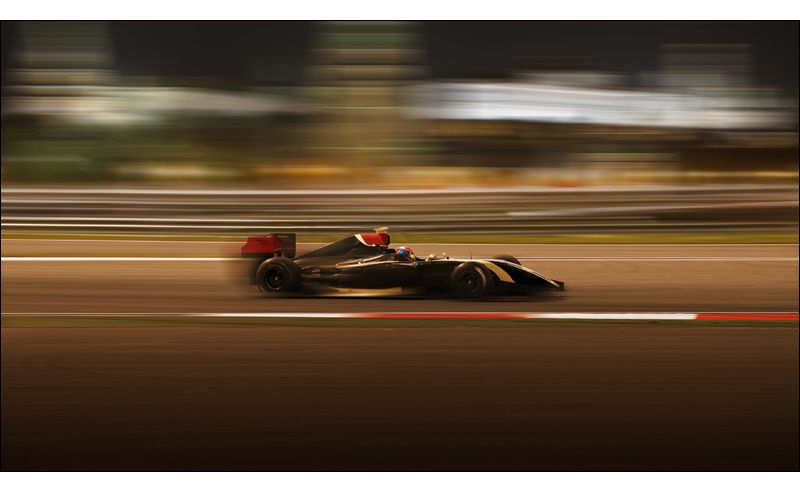
While one can argue that the grid positions boil down to superior vehicles, it also comes down to the drivers’ knowledge of the track, their temperament, and performance. With no overtaking maneuvers or tyre changing required during qualification, it also matters how well they can memorize each turn of the track and how well they can drive to record a shorter lap time. It is nothing like the race but is more down to individual skill than team performance.
Luck also plays a very crucial part but is almost impossible to measure. A busted engine or a punctured tyre at the wrong moment can cost points or even a championship while human error from the pit crew can shave off valuable seconds from your race time.
And for argument’s sake, let’s look at another race featuring Hamilton. In the 2019 German Grand Prix, a mistake by his pit crew meant that the Brit’s stoppage took well over an entire minute before he could get out on the track again. But Hamilton still managed to finish 9th and earn 2 valuable points on the way to yet another world championship.
Now, finishing 9th might not seem like much of an achievement but considering a lap takes over a minute and the fact that Hamilton made up for an entire lap to finish within the points, it does beg the argument that even in a better car, the driver’s skillset makes a huge difference. Long story short, the conclusion would be that it is neither the superior car nor the better driver but a combination of both that ultimately wins the world championship.
As the Dutch former F1 driver Jan Lammers eloquently put it, “Both material and personnel have to function 100%. It’s the sum total that determines the result. If your car and driver are both at 90%, you’ll get more done than if that ratio is 100%-75%.
In case you missed:
- Is Tesla set to Launch Self-Driving Taxis in 2025?
- Scientists Discover Earth’s Third Energy Field, after 60 Years of Searching
- How India broke its Paralympics Medal Tally by using Assistive Tech
- India’s AI Ambitions in the Spotlight amidst DeepSeek’s Disruption
- OpenAI is now Focussing on Superintelligence!
- AI Chaos: Why OpenAI, Google and Microsoft Keep Shifting Strategies
- Psychosis stems from Video Game Addiction in Kids, reveals Study
- 13 Ways to Speed Up your Wi-Fi Connection
- Param Rudra: Modi launches India’s Homegrown Supercomputing Powerhouse
- Apple Intelligence to increase Global Reach with Multilingual Support



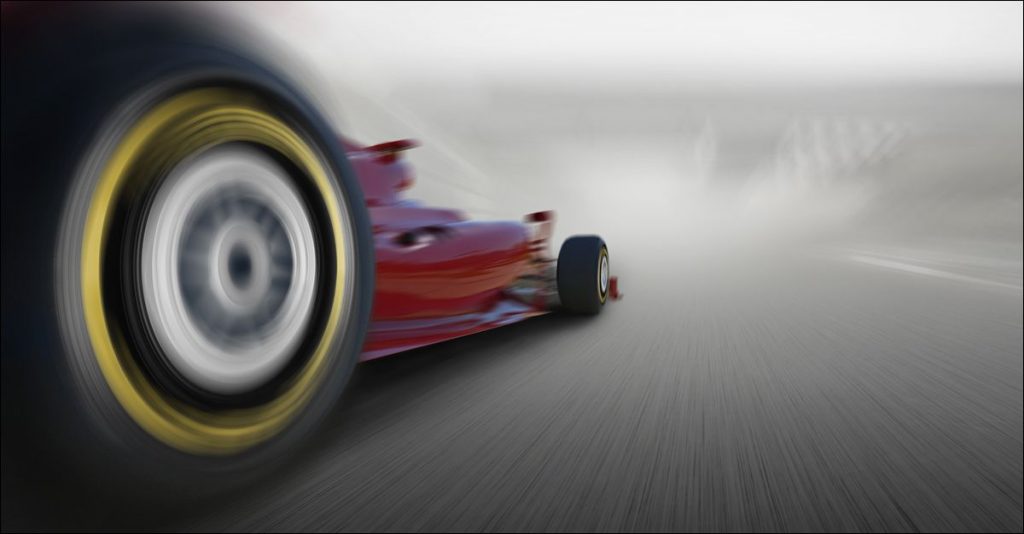

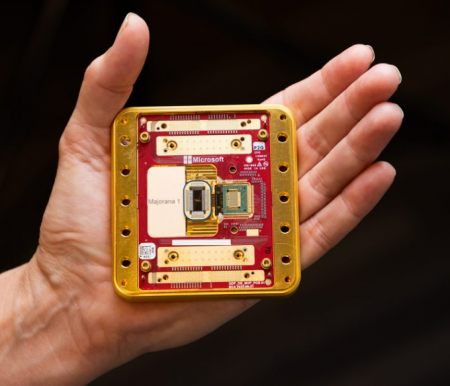


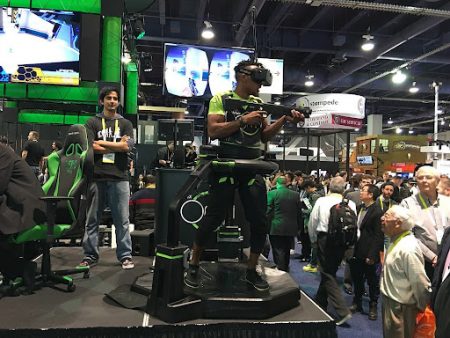
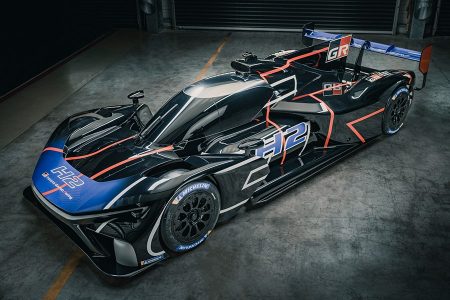
1 Comment
Thank you for sharing the information about f1 is it the car or driver that makes the difference, keep sharing.